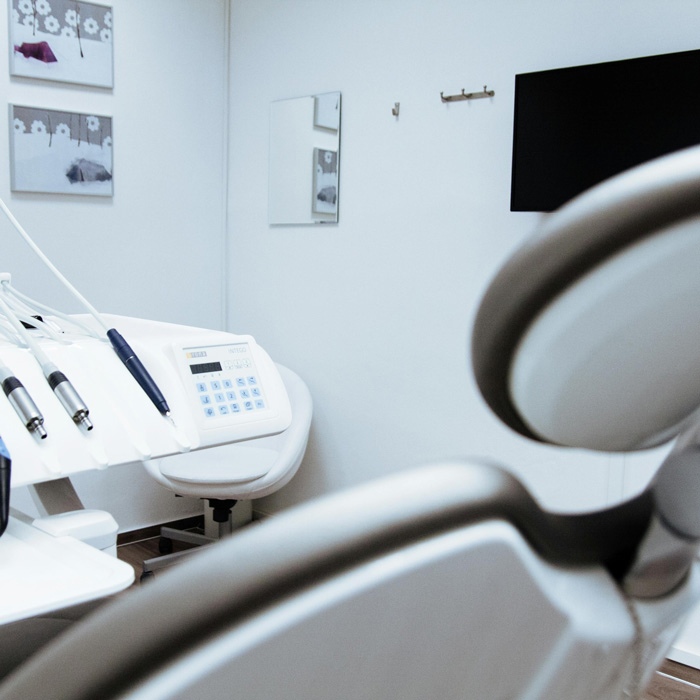Are Teens in a Mental Health Crisis?
According to the findings of the Centers for Disease Control and Prevention’s (CDC) Youth Risk Behavior Survey, American teens are in a mental health crisis. The CDC evaluated questionnaires submitted by 17,232 teenagers at 152 high-schools across the United States for this report.
In 2021, nearly three-quarters of teenage girls said they felt “persistent feelings sadness” or hopelessness — twice as many as boys. In total, 42 percent of students in high school reported feeling so depressed or hopeless that they stopped their normal activities almost every day.
[ruby_related heading=”More Read” total=3 layout=1 offset=5]
Twenty-two per cent of students reported that they seriously contemplated suicide. One in three girls, and 14 percent of males, were affected.
Mental health problems in young people, especially adolescents and children, are common and widespread. They are also treatable and can often be prevented.
The situation is similar for LGBTQIA+ youth. Sixty nine percent of the heterosexual youths reported persistent sadness. 45 percent reported that they had considered suicide, compared to 15 percent of heterosexual youths.
Kathleen Ethier, Ph.D., Director of the Division of Adolescent and School Health at the CDC, says, “Young people experience a level of distress which calls for us to act urgently and compassionately.” She points out that rates of mental health issues among teens have been steadily rising since the survey started in 2011.
Consistent Warnings
Many other studies, experts, and surveys have warned about a mental crisis among teens. This includes a special report by the U.S. in 2021. Vivek Murthy, MD MBA, Surgeon General, outlines “alarming” increases in certain mental health issues among youth.
Experts point to multiple factors
- According to data from the National Survey on Drug Use and Health, analyzed by Pew Research Center in 2019, there are increased academic and social pressures.
- The COVID-19 pandemic has caused a sense of hopelessness, and the lockdown is causing social isolation.
- Social media, smartphones and the rise of smartphones have all contributed to a decline in face-to-face socialization. Murthy released another public warning in May — warning that “social media poses a serious risk to children’s mental health and wellbeing.”
The advisory states: “In early adolescents, when identities and self-worth are developing, the brain is particularly susceptible to peer pressure, peer opinion, and peer comparison.”
The Way Forward
The government and other organizations are responding to the mental health needs of youth by providing more resources for building mental health programs.
Mental health problems in young people, especially adolescents and children, are common and widespread. Murthy: “But most importantly, these problems are treatable and can often be prevented.” “Our duty to act isn’t just medical – it’s moral.”
Debra Houry MD, MPH is the chief medical officer of the CDC. She says: “High School should be a place for pioneering, not trauma.” These statistics show that our children need more support in order to cope, have hope and thrive.





